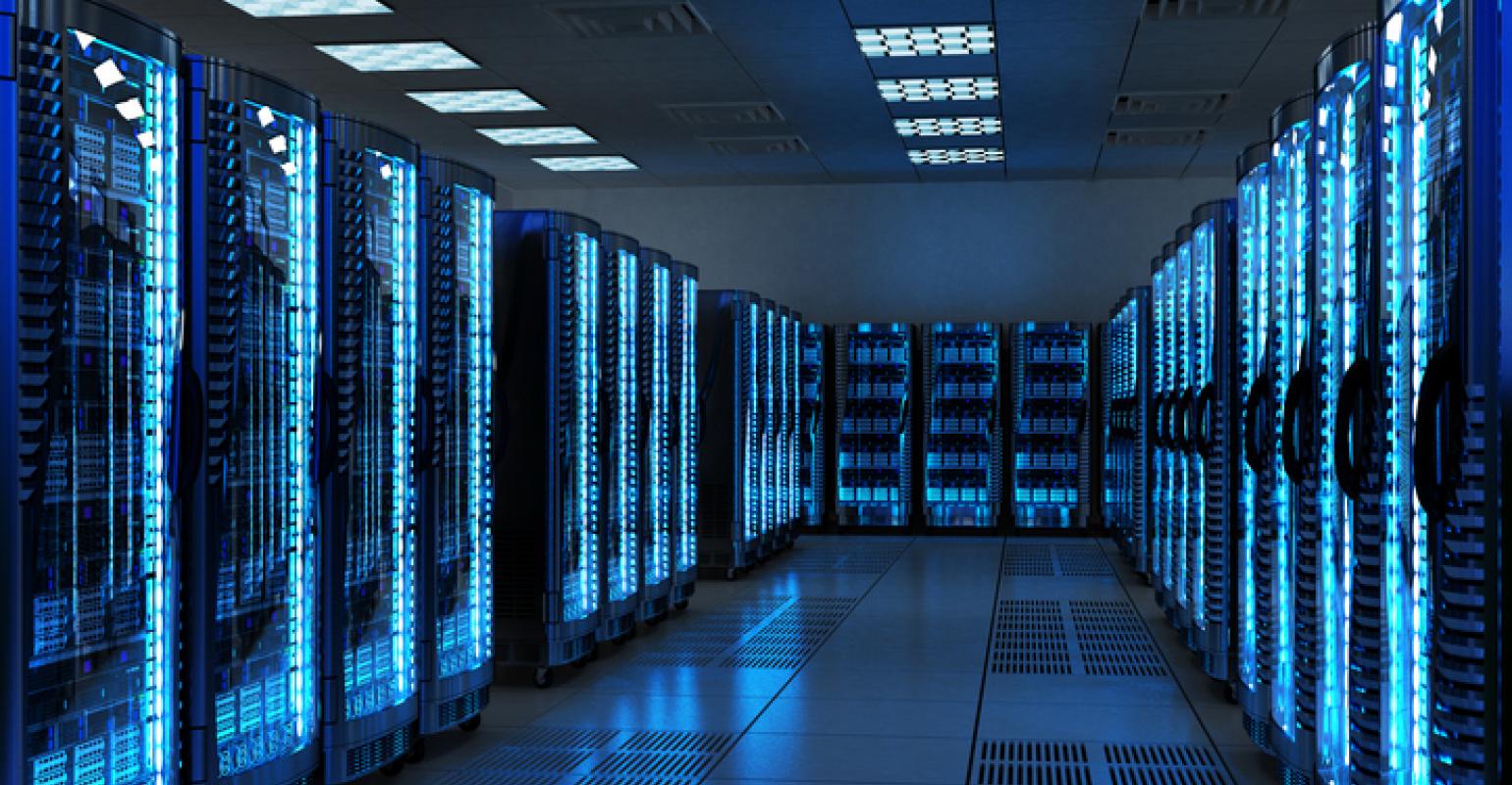Google has been carbon neutral since 2007, and now Google is working on 24/7 carbon-free energy.
The front-runner for Google is its data centers. Similar to how utilities and residential units manage demand response and load shifting, Google has developed a method for shifting computing tasks. The system allows the electricity loads associated with these tasks to be shifted to times when low-carbon power sources, like wind and solar, are producing more electricity and the carbon intensity of the electricity supply is lower.
Today, data centers take up to 3% of all electricity in the United States. For perspective, in 2019, the US used about 4100 billion kWh – of that, fossil fuels make up 62% of that (roughly 2600 billion kWh). Any contribution to consuming renewable energy will contribute to the shift away from fossil fuels.
The first part of this process focuses on energy efficiency. Servers and cooling make up 86% of a data center’s energy usage. Servers need to be cooled, and this is done through two systems: one system that sucks hot air out, and a second system pulls in fresh air from. This results in data centers using 81% less energy.
There are a few paths forward to continue pushing for energy efficiency and a decrease in carbon emissions from data centers:
Companies follow Google’s model in time shifting, and eventually location shifting
Consolidation of data center ownership to those that have sustainable practices
Energy efficiency innovations, perhaps some overlap from smart home devices
As the shift to renewable power continues, we are likely to see an expansion of new solar and wind farms. The adoption of renewable energy will also drive costs per kWh down, further incentivizing this shift.
About The Author

Daniel currently works at Lawrence Livermore National Laboratory. His original assignment was to maintain and update facility safety documentation for all facilities on-site, and perform risk analysis. Over time, his role has expanded to leading continuous improvement efforts through product management.
Concurrently, Daniel volunteers with Techstars, helping organize startup weekends, and with the American Institute of Chemical Engineers, organizing events on the local and national levels of the organization. He also volunteers with One World, and previously with Powerhouse Ventures, to source and screen startups for potential investment.
Daniel holds a BS in Chemical Engineering from UC Davis, and recently completed coursework in energy innovation from Stanford. His passion is at the intersection of sustainability, innovation, and business.

